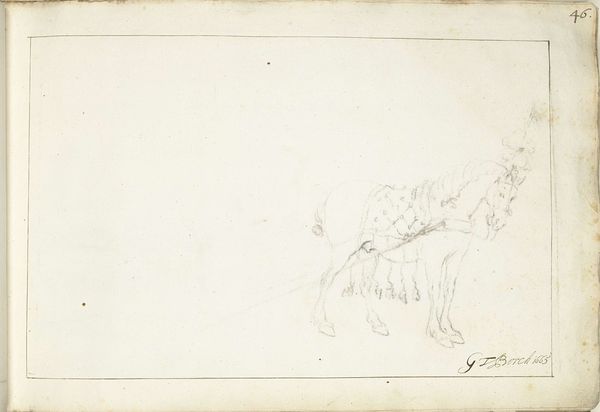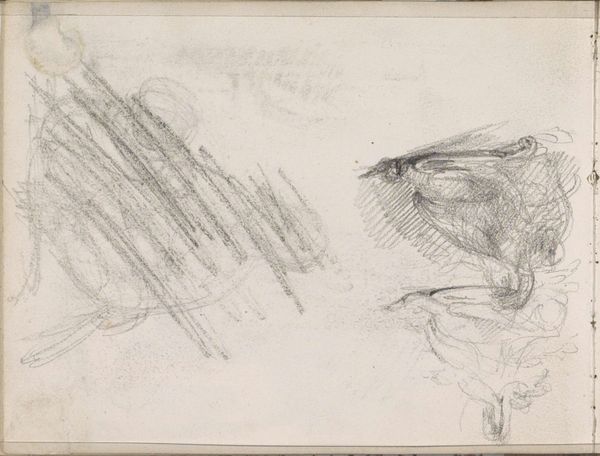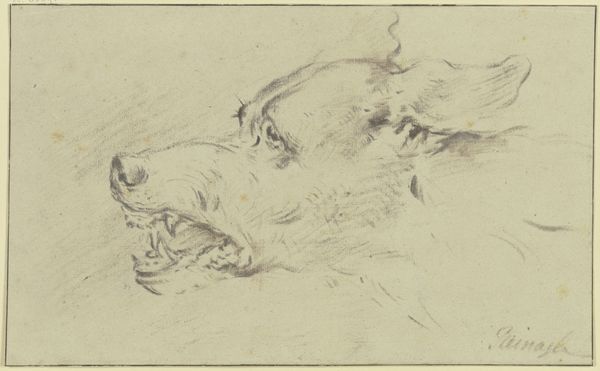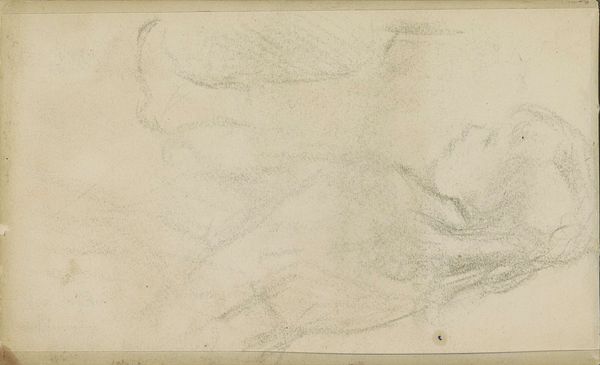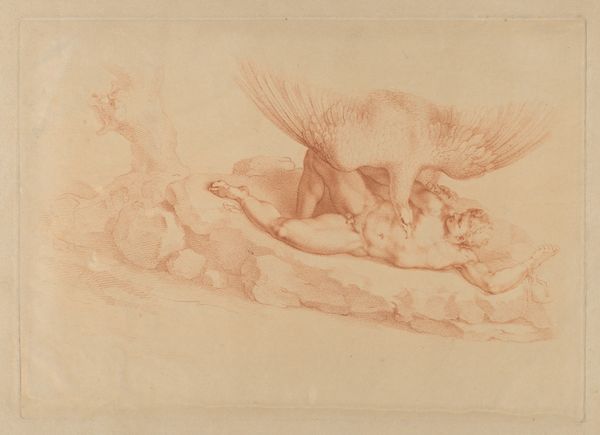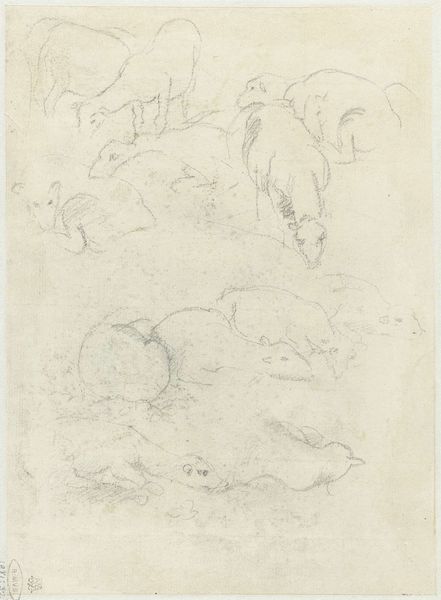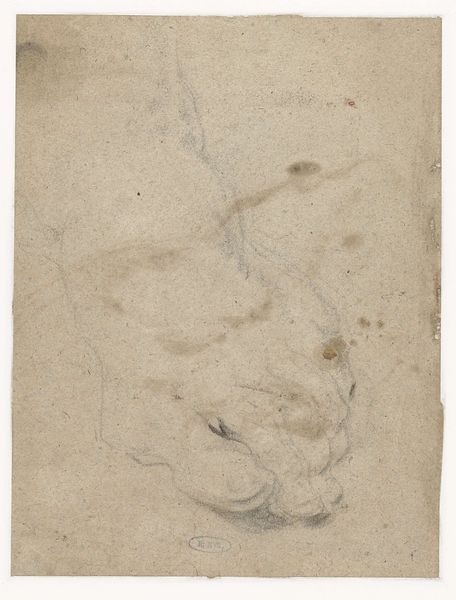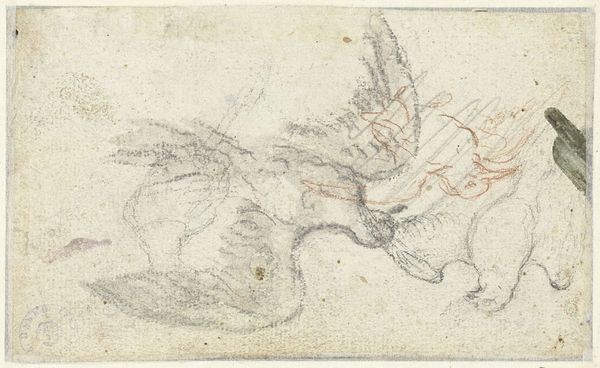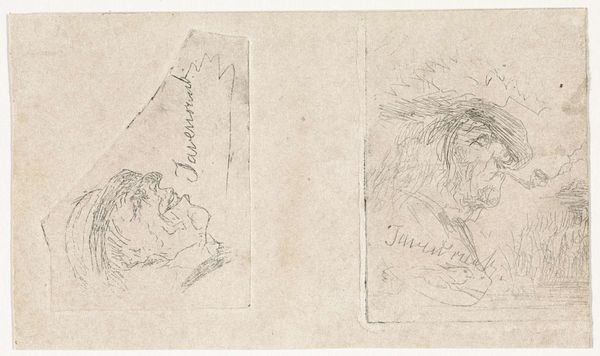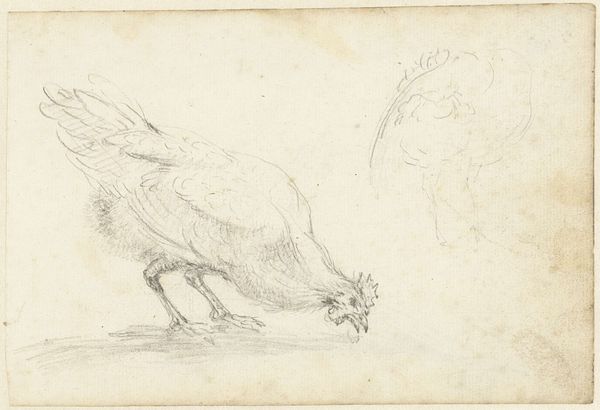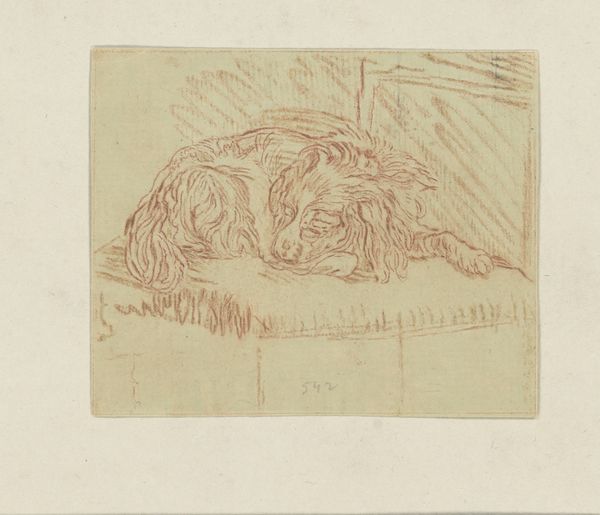
drawing, print, etching
#
portrait
#
drawing
# print
#
etching
#
symbolism
#
nude
Copyright: Public Domain: Artvee
Editor: This is James Ensor's "The Sleeper," created in 1887. It's an etching, and it has a very intimate feel, almost dreamlike due to the soft lines. What do you see in this piece, considering the period and Ensor's wider body of work? Curator: Given its context, this work speaks volumes about the evolving role of women in art and society during the late 19th century. Ensor often challenged bourgeois values. Is "The Sleeper" a commentary on societal expectations of women, presenting vulnerability, or even a challenge to the male gaze that dominated art at the time? Editor: That’s an interesting take. I hadn’t thought about it as challenging the male gaze. I was focused on the symbolism of sleep, maybe as an escape from reality. Curator: Exactly! The symbolism is key. Consider the Symbolist movement, where dreams and the subconscious held immense artistic value. Ensor's choice to depict a nude figure in slumber moves beyond mere portraiture; the choice invites speculation about the psychological state of the sleeper and its implications for viewers engaging with this subject. Editor: So, it's not just a picture of someone sleeping, it's Ensor inviting us to think about what sleep represents in society, maybe a quiet act of rebellion or vulnerability? Curator: Precisely! It underscores the societal shifts regarding representation and interpretation. Editor: I see it now, there's so much more going on in this etching than initially meets the eye. Curator: That’s the beauty of art history; we're always decoding the conversations these works spark.
Comments
No comments
Be the first to comment and join the conversation on the ultimate creative platform.
